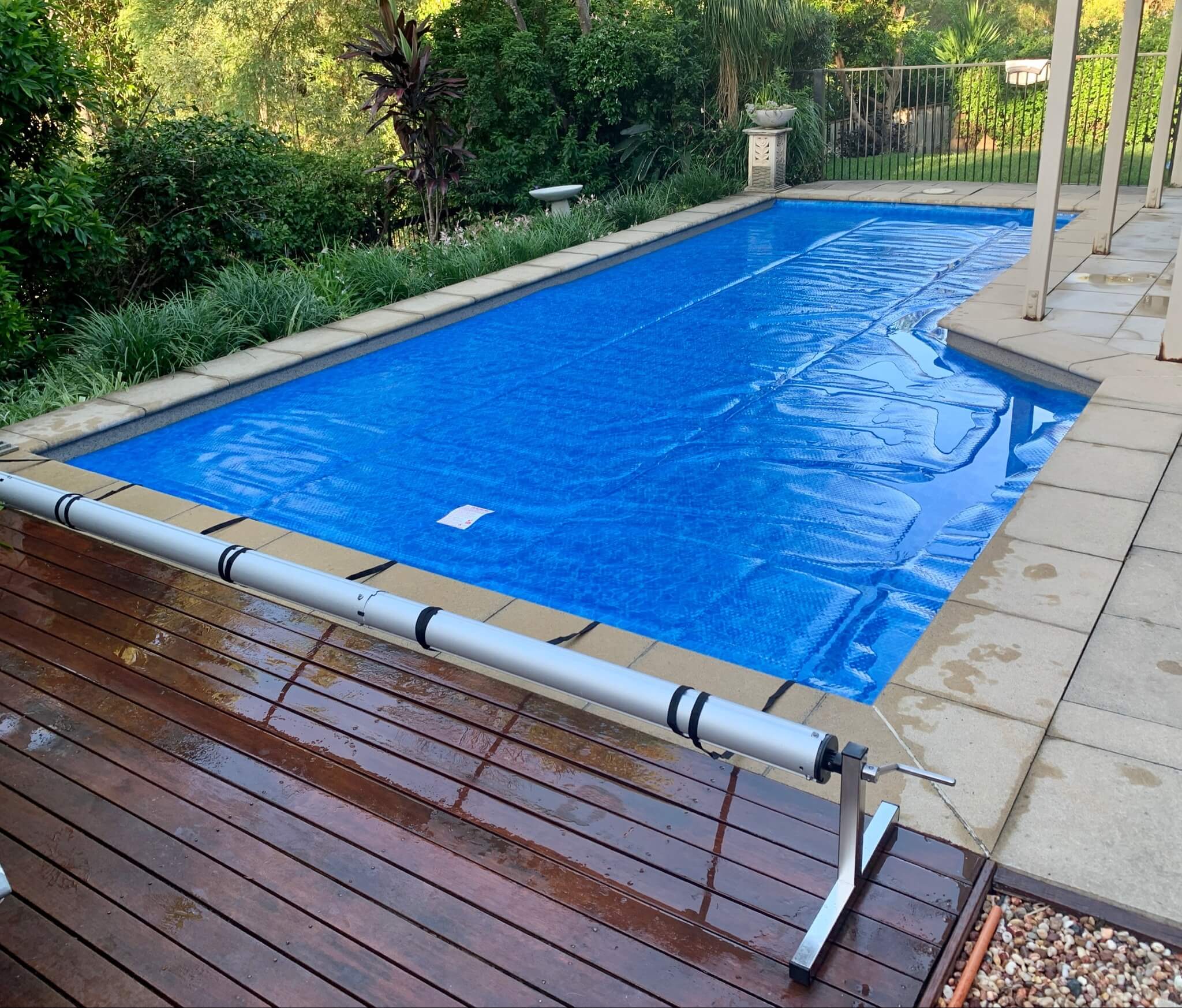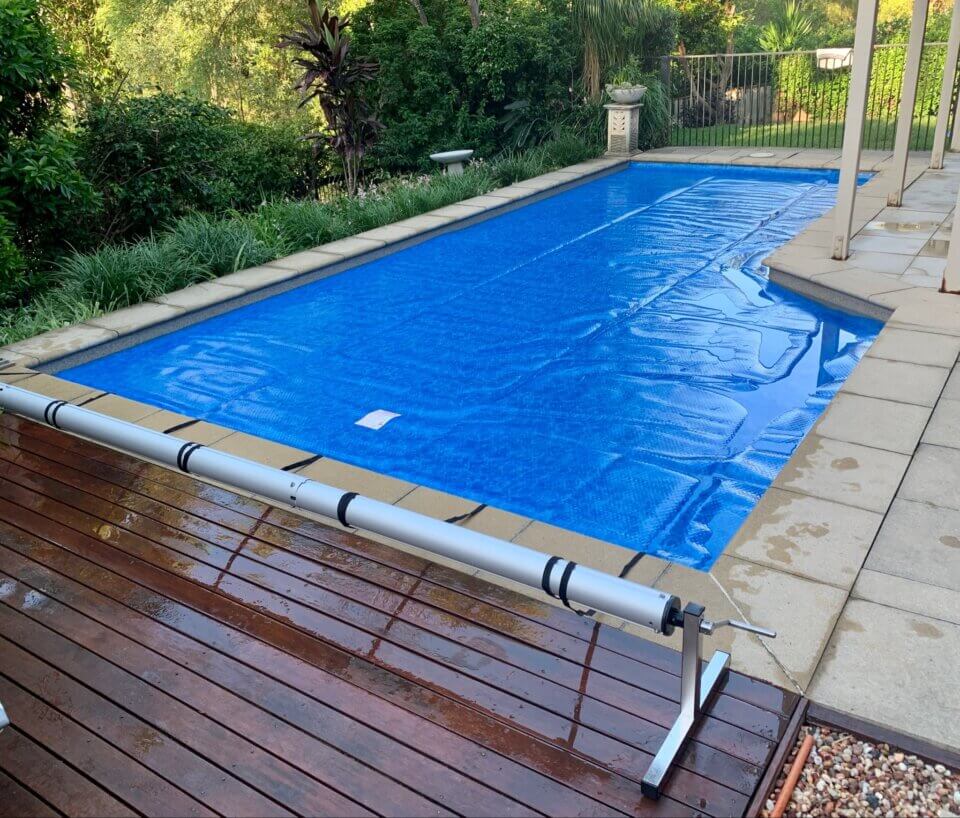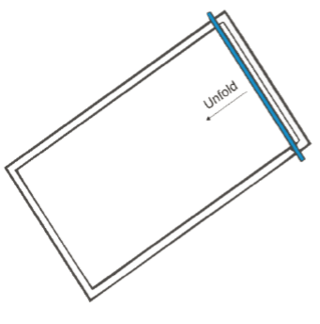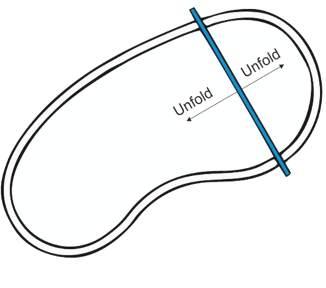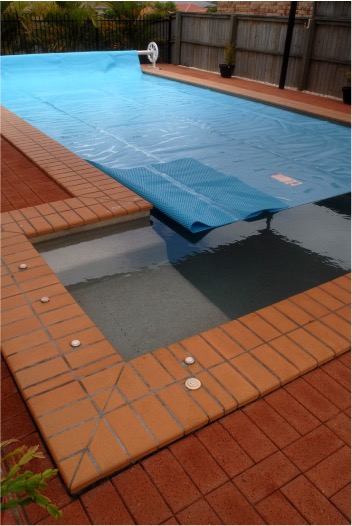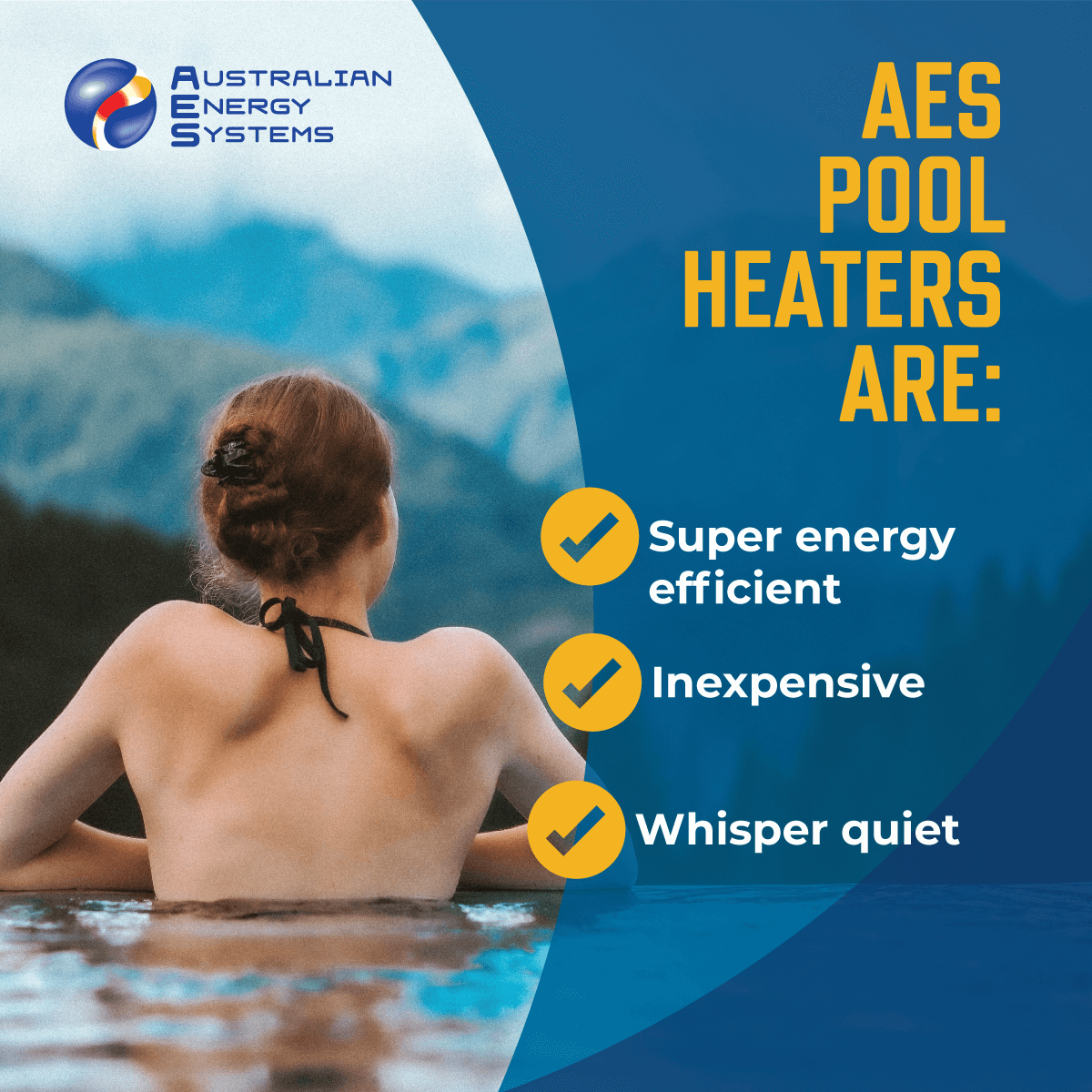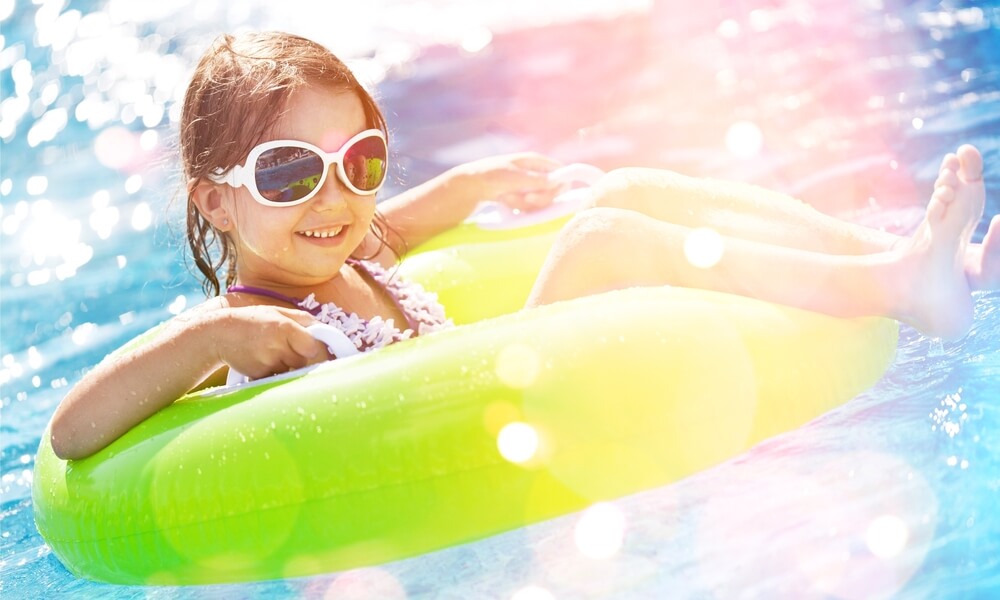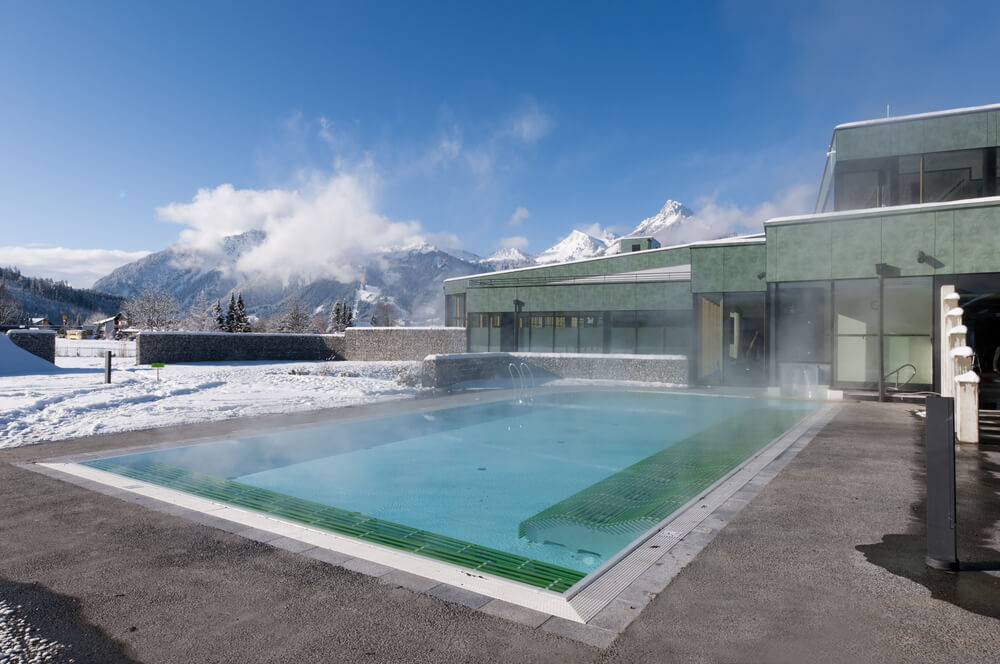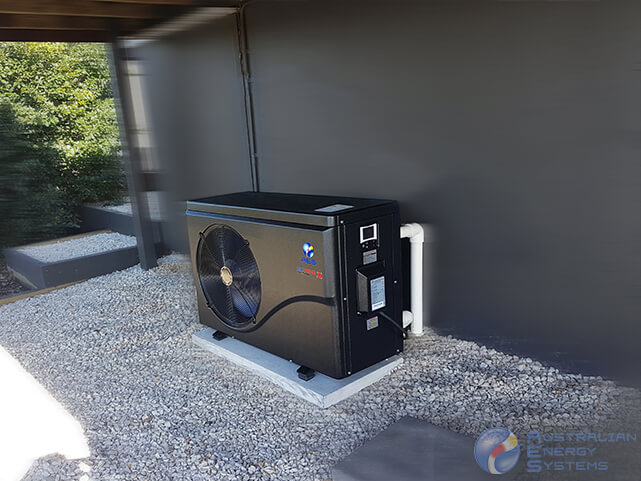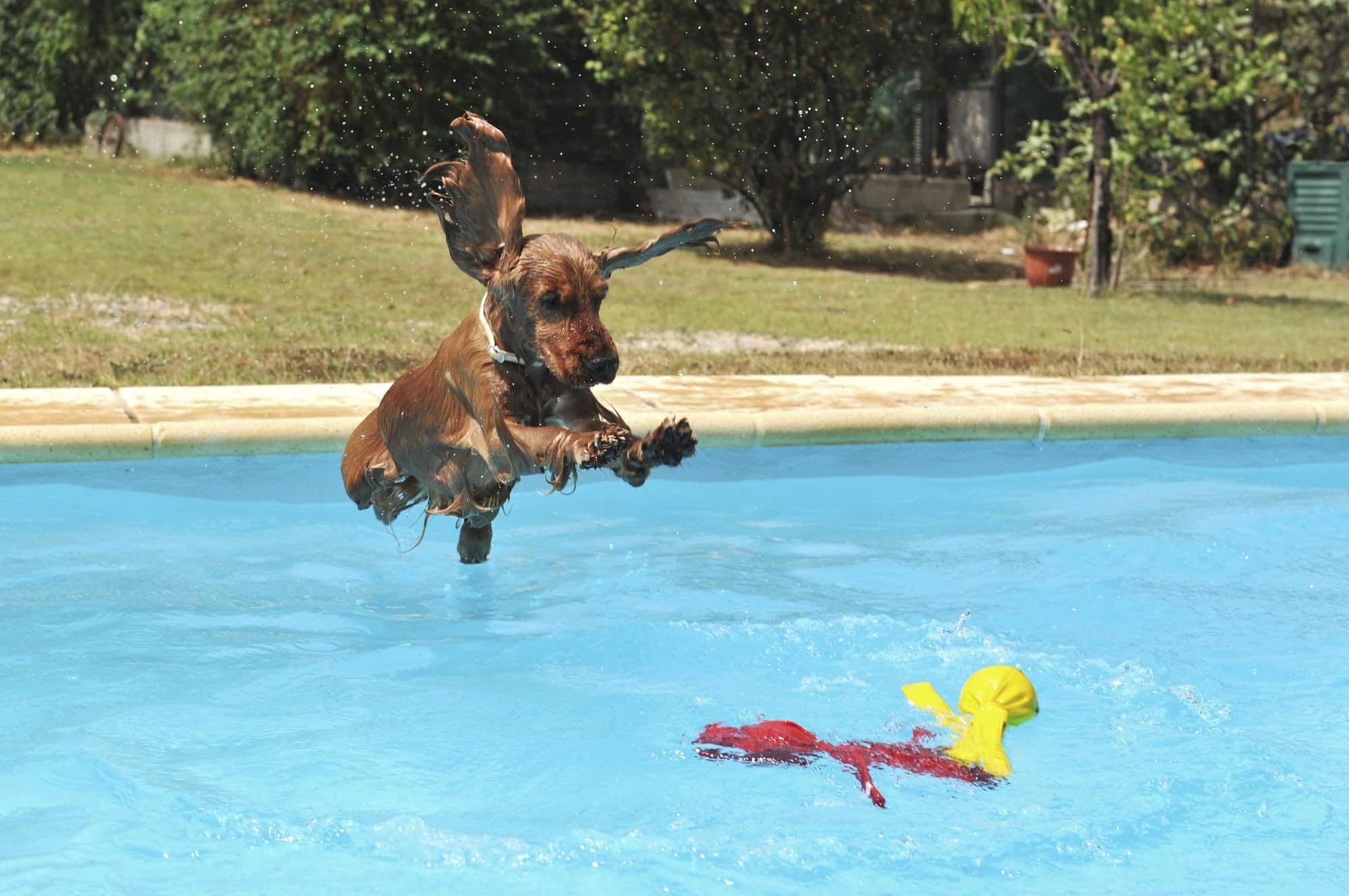Using and storing your pool cover correctly will keep it in good condition and ensure that it lasts for as long as possible. The importance of proper pool cover care and maintenance will ensure its longevity and also do its job properly for as long as possible.
Swimming Pool Cover Care
Read our comprehensive guide on pool cover care, including cleaning, repairs, and storage.
Swimming pool cover maintenance.
When the cover is on the pool, dust & debris will collect on the top. Removing this debris will not only make it nicer to look at, but it will reduce algae growth on the cover.
Use a broom, leaf blower or pool scoop to gently remove as much debris as possible before rolling the cover and avoid getting the dust and leaves in the pool.
When rolling up the cover for use, always roll the cover bubble-side facing down (inside).
Chlorinated water left on the cover will speed up the deterioration of your cover if you’re able to hose off the cover as you roll up to remove any additional chlorine and dirt, this will keep the cover in much better condition(or better yet, have someone hose while you roll!)
In the event of a storm, we suggest you roll it onto the roller and put on the cover protector. If left on the pool hail and branches can damage your cover.
Storing your pool cover.
Storing your pool cover is and essential part of pool cover care when it’s not on the pool. Almost all pools with a pool cover will have a pool roller, as this is the best way to store your cover as well as make it easier to put on and take off.
Ideally, a solar pool blanket will always be covered when rolled up. If left uncovered, the layers can heat up and potentially melt. This is called ‘roller burn’ and cannot be repaired.
Chlorine and your cover.
A solar pool cover will cut chemical consumption by around 50%, automated chlorinators must be adjusted appropriately to avoid over-chlorination of the pool and result in damage to the pool cover. This can take some trial and error; however, a stepped-reduction approach is advised.
If the chlorinator is running at 80-100%, reduce it to 40-60% for 1 week and retest the chlorine level. If it is still high, reduce it to 20-40% and leave for another week before re-testing.
If a chlorinator is already running on its lowest setting, the running time needs to be reduced.
Check chlorine levels regularly, the industry standard is around 1.5 to 2.5 ppm. Chlorine levels should never exceed 3ppm as this will damage a solar cover and void any warranty.
Where to position your roller.
The reel should sit at the end of the pool, hanging slightly over the edge, so that the cover does not drag over the pool coping when being rolled up.
This reduces wear and tear on your solar pool cover and will help to get the best life expectancy from it. (Don’t forget to put the overcover on once it has been rolled up).
If you have an oval, kidney or other irregular-shaped pool, the reel should be placed over the pool, at its widest point. When doing this, the blanket rolls from both directions, so it rolls faster and is easier to handle too.
If your pool has a step, you can simply fold it onto the main cover before rolling, enabling it to be rolled onto the roller.
You can see in the image below how the step piece has just been flipped up onto the body of the cover, leaving it as a neat rectangle to roll up.

